Trend Alert: Isobar’s Shamsuddin Jasani on Voice, Video & tech specs in 2019
With 2018 drawing to a close, it is time to look back at the major developments during the year, as well as also look forward at the trends that are expected to dominate the industry in 2019.
Isobar has had a great run in 2018 – the agency put up a great show at the Clio Awards this year. Besides, there were at least 9 occasions this year when Isobar was adjudged Agency of the Year.
In a detailed conversation with Adgully, Shamsuddin Jasani, Group MD, Isobar - South Asia, sums up the year 2018, not just for Isobar, but the entire digital spectrum in India. He also highlights the key technology and advertising trends that will guide the digital landscape in 2019. Read on to find out his predictions regarding digital advertising, blockchain, Voice, AI and what they will mean for brands and marketers in the coming year.
With 2018 about to wrap up, how do you look back at the year for a digital agency like Isobar?
It is an amazing time to be an agency in the digital age. It is no longer about convincing brands to spend a certain amount of money on digital, because we are at the pinnacle of digital marketing. We want the conversation to be around ‘how can we help brands leverage digital tools to their fullest’ and not just about ‘how can I use digital to reach out to consumers as a marketing platform?’ That’s the major shift that is happening and we are well equipped to do that.
The year 2019 will be about us working with businesses. The change is that we are not just talking to brands, but to businesses. We are talking to CEOs and not just CMOs in terms of how we can contribute towards the digital evolution that the entire company is going through and not just the marketing departments. That’s a really big part of our play. We have spent the last 10 years in really understanding consumers. We understand the brand and where it is coming from. We connect the brand and the consumer, which is what we’ve been doing for the longest time. Now is the step where we’ll need to understand businesses. It is not a challenge, but rather a huge opportunity for us as pioneers in India.
How has 2018 been for advertising in India, especially digital advertising?
Due to the video revolution, 2018 has been a really important year for digital, because not only are we getting digital monies, but we are now slowly getting into television monies. The sheer volume of consumption of video means that there are more people consuming video online than ever before, and in some cases more than even the television channels. There is content like ‘Bigg Boss’, where there are more hours consumed on the OTT platform Voot via mobile phones than on their main TV channel.
Advertisers are now seeing the advantages of advertising on digital. Cricket – or let’s say the Indian Premier League (IPL) – is a much better bang for the buck if you are buying the sponsorship on Hotstar rather than on Star. We ourselves are pushing advertisers to take sponsorships on these platforms because there is much better ROI and it is going to explode in the future.
Overall, the entire industry has now woken up and I don’t think there is any advertiser who will say that digital is unimportant. A lot of people have started using digital in an effective way, so it is no longer about just ticking the boxes and saying ‘I’m spending 25-30 per cent on digital’. It is about how you are incorporating digital into your media or brand mix.
What have been the key developments at Isobar in 2018 – in terms of new clients, expansion, innovations, et al?
2018 has been a phenomenal year for us. There were awards galore – we won 9 Agency of the Year awards; we won our first Clio award and are very proud about that. We are the first digital agency to win a three Clios this year from India. Now we are figuring in the media leagues with the top non-digital players. For instance, RECMA rates us in the top A along with Ogilvy and not just Ogilvy One.
An important development was the launch of Isobar Commerce this year. We believe that agencies need to be able to take clients through the agency ecosystem. With Isobar Commerce, we will do end to end e-commerce consulting as well as development for clients. Till 2-3 years ago, e-commerce was simple with a Flipkart and an Amazon, but now it has evolved a lot. There are so many players in the market, besides brands, too, have their own online presence. The question to ask is ‘what do you do with your offline stores and online stores?’, where offline stores say that you only do discounts on online. We have a 200-member team that can build very large scale e-commerce platforms for clients. That was the investment we made this year, which will be blooming into 2019.
The Isobar India group also includes premier design agency Fractal Ink, which comprises 600 people. The idea is that when a client thinks about anything digital, we will be able to provide the solution.
What is the current state of mobile advertising?
This is such a misnomer right now. I think the term mobile advertising needs to change because now basically everything is mobile. If you are doing something on Facebook or Instagram, it is all on mobile. Everyone is accessing YouTube and Google through mobile. Mobile commerce is a big thing, where people are largely buying on mobile. Mobile wallets are a big thing.
Has the line blurred between CMOs and CTOs?
Yes. I know CTOs who have more technology budgets now than ever before. Also, there are now CMOs who have shifted to digital transformation goals. That’s who we talk to and they are taking the whole transformation project for the company. They are going to decide what kind of technologies are going to be there and which technological partners to use. Thus, more and more CMOs are taking up the role of CTOs and choosing digital partners to achieve their digital transformation goals.
Crystal ball gazing into 2019, what are the key technological trends that you foresee?
There will be a couple of revolutions in 2019. The big one of course is Voice. Personally, I think Voice is going to change how everyone consumes and interacts with their surroundings. I believe that the screen time on mobile phone will go down because right now you use your phones as a device where you not only consume, but also transact and do a lot of things that make your life easier. For example, to travel from one place to another you use Google Maps. If you want to buy something, you will use Amazon. Now imagine, sitting in your car and asking ‘tell me how far I am from my home’, then Voice technology will give you step by step directions. So then you can focus on your driving.
Another thing about Voice is that it breaks many barriers like language and education. Currently, with the Internet and the way you are consuming digital, you need to be focused on literate and predominantly English speaking audiences. With Voice, you will not need to see anything or read and write anything, which means millions of people in India will have the opportunity to use that technology. Right now we are not able to do that. At the forefront of this revolution is Jio, because the Rs 1,500 Jio phone is equipped with Voice technology, which means it is going to make an appearance where there is no television or print. They are going to those areas and enabling people to interact and consume through Voice. Everything is focused on the screen on the mobile phone. Thus, Voice is one big revolution that I see.
The video revolution will, of course, continue with data prices crashing and video consumption going up. A majority of content accessed is going to be video, which will be the primary media that people are going to consume on digital. That is already happening and it will carry forward in 2019.
The third big revolution is going to be Jio broadband. Imagine a cheap broadband connection at home, where you can also get all the TV channels as well as have access to all the OTT platforms that are there. The ratio between appointment viewership and on-demand viewership is going to change. When you consume content on your digitally-enabled set top boxes, you will mostly go through OTT platforms and consume that at a time that you want. Again, as an industry we need to be ready for that change. I believe that change is going to happen much quicker than people anticipate it. In India, it is going to happen very fast because globally sports is still not on digital. For example, in the US sports like NFL is not available on any digital platform and is still aired on satellite television. That shift has already happened in India, where Hotstar already has cricket which is streamed live. Cutting the cord on DTH cable is going to happen very quickly and 2019 is just going to push that much faster. I think these are the very big revolutions.
In technological revolution, a smaller but important development will be the evolution of augmented reality. 2017 was when the iPhone X came out and 2018 is when the iPhone XS was launched. Android phones with much better AR capabilities are expected to be launched in 2019.
How will your Blockchain Playbook help marketers in 2019?
The Blockchain Playbook is purely from a technology perspective. Right now the focus is on using it for marketing and not for business. The questions is how can businesses leverage blockchain to drive more value for their consumers and what are the processes that they are following to make blockchain easier, more transparent and better. If you enable blockchain technology, you can enable a lot of trust and of course, business outcomes can be much faster and better.
How do you see technology impacting advertising in 2019?
We do a lot of programmatic and in 2019, programmatic and automation will become a way of life. I’m very excited about AI, because its adoption means that agencies or brands do not have to spend a disproportionate amount of time doing mundane everyday tasks. My agency can focus on doing better work because AI will handle the smaller tasks. Blockchain is needed because it brings more transparency in the system. Another important development, according to me, is GDPR and the privacy regulations that are going to happen. India will develop its own privacy laws along the lines of GDPR. We really feel that needs to happen to protect the consumers, even though it might be a bit painful for the next one or two years. Brand safety is another big thing – brands need to appear in a safe environment. That is something we are working on with our partners.
With all this, do you see technology taking precedence over digital marketing and advertising functions in 2019?
I wouldn’t say precedence, but I see an increasing amount of investment from companies going into the entire transformational journey. While marketing is an essential part of what you’re doing, this goes beyond that to impact business. I think it was a McKinsey study that had forecast that 80 per cent of the Fortune 500 companies are going to be nonexistent in the next 4-5 years (if they don’t change themselves). This is because there are challenger brands that are coming in and completely changing the industry.
How open are clients to accepting the transformations that you suggest?
It is evolving; I wouldn’t say it is all the way there. Each client has a different pace. I would say 60 per cent of the clients are there already and I think the remaining 40 per cent need to be taken there. But a majority of the clients whom we talk to understand that these are very important technologies.
How is content consumption poised to increase?
Currently, 35 per cent of the people are subscription-based users, while 60-65 per cent of the people are advertising-based users. Subscription is going to increase, which means that content marketing will play a major role. In that context, we are working with clients to build more content integrations. The next three years are going to see big investments in content play. I know a big advertiser who has switched off all monies and is completely invested in content marketing. Content marketing needs to be subtle and for that reason you need to integrate it very well.
How do you see chatbots impacting the industry?
Chatbots are going to get bigger. Banks are already leveraging chatbots to solve queries of customers.
According to you, how will people interact with their devices in the future?
As I said earlier, screen time will go down. AR will allow marketers to understand the path customers take within a retail store. AR can help them chart the best path based on consumers’ past behaviour.
What will the digital agency of the future be like?
The agency of the future, especially someone like us, will be the ones working with clients to solve their bigger issues and using digital to answer their business needs and not just their marketing needs. Earlier, what we said was ‘I want to use digital marketing to spread my message to my consumers just like you used television and radio’. That will still continue, but the focus really needs to shift because digital can do so much more. Digital has now become an intrinsic part of everyone’s lives.
The question is how can brands start using digital to make a difference to their businesses? For the sake of evolution, an agency needs to step into that and we really understand what the consumer is doing online. We have data on how consumers interact with brands online; the question is how can we take that data and work with businesses to be able to say ‘I can actually make a difference on how you are conducting your business’ and ‘how do you need to reach your consumers’ from a business perspective. That’s the change in the digital agency of the future. The change in mindset really needs to be from a digital marketing agency to an agency for the digital age. We need to be able to go to clients, even in the marketing space, on how digital is centric to everything that they do and how everything connects back to digital.





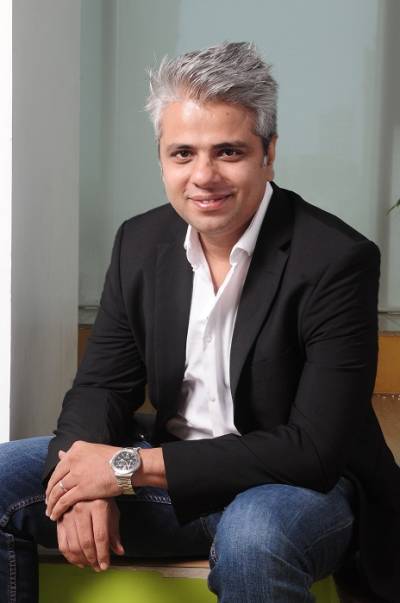

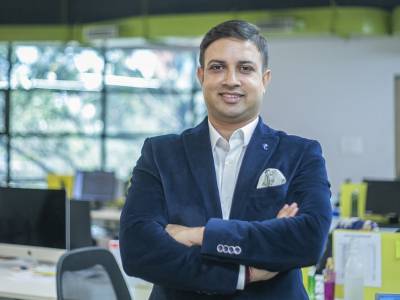

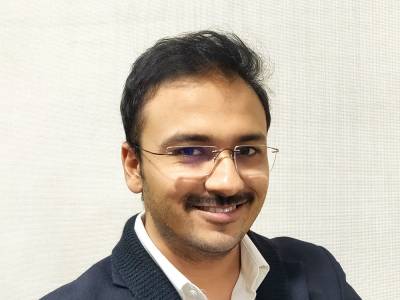
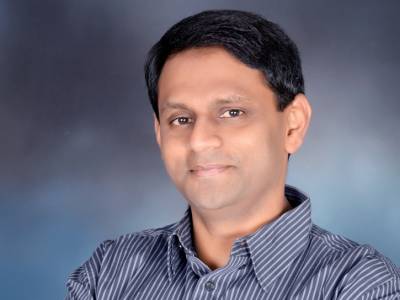
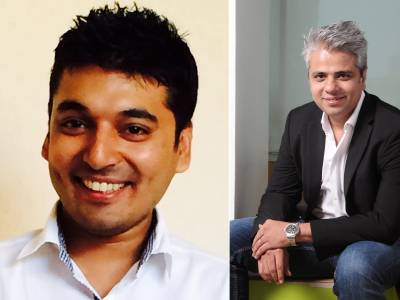
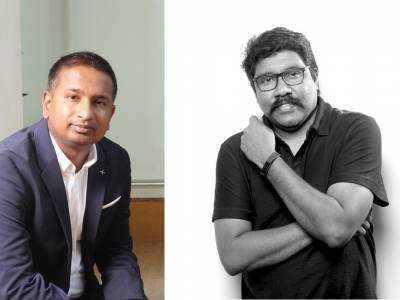



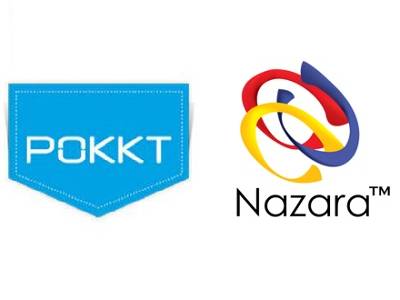




Share
Facebook
YouTube
Tweet
Twitter
LinkedIn